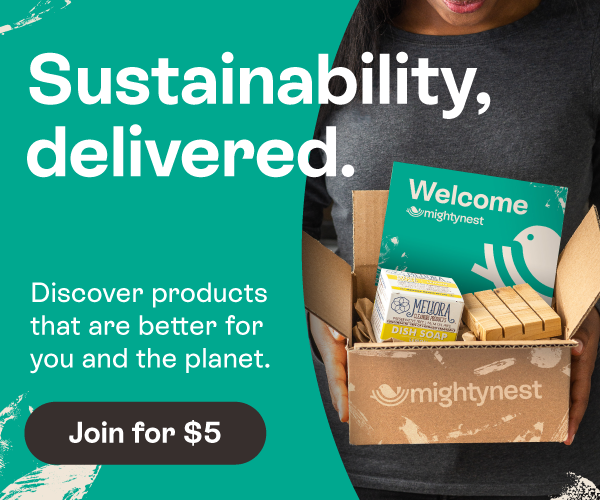
Wonder what shower curtains, bath toys, raincoats, lunchboxes, yoga mats, school binders, and drinking straws have in common? PVC! It's crazy but Polyvinyl Chloride (PVC), is one of the most common synthetic materials, found in many products throughout the home. The list above is just a sliver of where PVC lives. We also encounter PVC in our everyday life through vinyl flooring, found in many schools, hospitals and public buildings. What may not be common knowledge are the dangers of this chemically-laden plastic, often referred to as the "poison plastic". Even well known health food stores sell yoga mats made from PVC!?
A recent study by researchers from the University of Gothenburg in Sweden, ranked the environmental health hazards of the most common plastics on the market. They found PVC to be the most widely used, hazardous plastic. “PVC should receive extra attention because of its carcinogenic monomer, being the third largest plastic, and requiring the most and often several hazardous additives.”
According to the Center for Health, Environment and Justice (CHEJ), the researchers looked at 55 plastic polymers and created a hazard ranking among them. "They looked at whether or not the chemicals used to make the plastics are considered to be carcinogenic, mutagenic or toxic for reproduction (CMR’s), and are persistent bioaccumulative toxic (PBT’s). The researchers also looked at whether plastics contain endocrine disruptors, such as DEHP and the other phthalates commonly found in vinyl products." Phthalates, also called "plasticizers" are considered to be endocrine disruptors. They are also linked to reduced sperm counts and early puberty in girls.
DEHP (Bis(2-ethylhexyl) phthalate), a chemical used to make PVC, migrates into food from plastics during processing and storage, as reported by the EPA. Oral exposure has resulted in increased the incidence of liver tumors and developmental and reproductive effects in rats and mice. Listed by the EPA as a "probable carcinogen".
Of course this isn't the first study calling attention to the dangers of PVC and there will surely be more to come. In fact, EPA's study on dioxin has been delayed for 20 years! Dioxin is one of the most toxic chemicals known to man, and is released during the manufacture and disposal of chlorinated chemicals such as PVC plastic. Dioxin is considered to be a “human carcinogen” by the World Health Organization’s International Agency for Research on Cancer and the U.S. Department of Health and Human Services’ National Toxicology Program. The toxic byproducts are unavoidably created in production of PVC and can cause severe health problems.
As reported by Eco-cycle, "PVC production fuses vinyl chloride molecules with toxic metals such as lead and cadmium, which are added as plasticizers and stabilizers. Because of the chemical properties of chlorine, the by-products of PVC production tend to be far more toxic, more persistent in the environment, and more likely to build up in the food supply and the bodies of people than otherwise similar chemicals that do not contain chlorine. PVC is the only major plastic that contains chlorine, so it is unique in the hazards it creates."
And now some more disconcerting information about PVC:
- The toxic substances that are added to soften the plastic DO NOT bind with the toy or bottle or household product, making them prone to leaching. So any chewing leads to ingesting harmful chemicals.
- Recycling #3 PVC is extremely difficult because of it's make-up of so many additives. If they are combined with other recyclable plastics, the batch is contaminated.
- Significant threats to the environment as chemical additives have the capacity to leach into groundwater.
- PVC factory plants - capable of leaching vinyl chloride and ethylene dichloride into water supply and factory workers are exposed to higher levels of phthalates.
There are alternatives to PVC in many household products and more will likely be made with growing demand. At MightyNest, we offer many choice alternatives to PVC. Jade natural rubber yoga mats, Mimi the Sardine's Art smock, Vulli's natural rubber Sophie the giraffe teether, Beatrix's insulated lunchboxes and Glass Dharma's glass straws are just a few of the many PVC-free products available.
For additional articles on PVC, information for a PVC-Free Back to School Guide and ways to take action, read here.
Where are you most frustrated to find the use of PVC?






